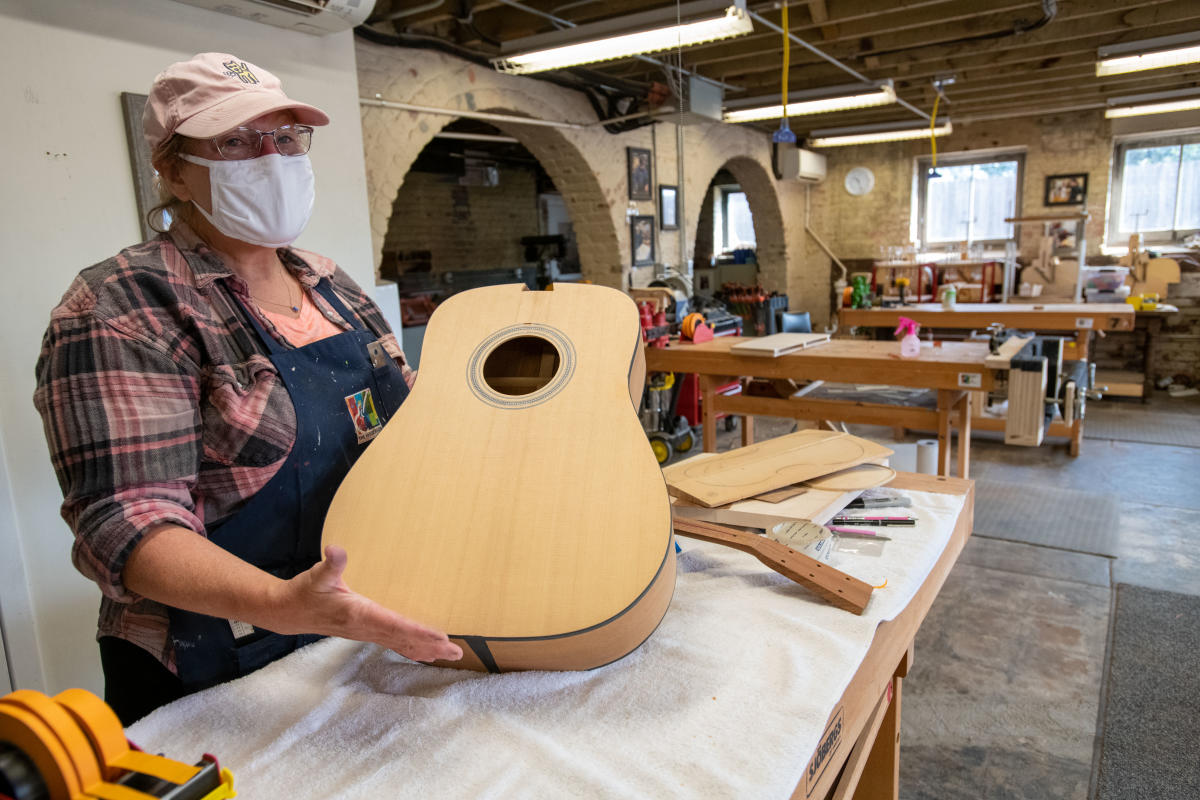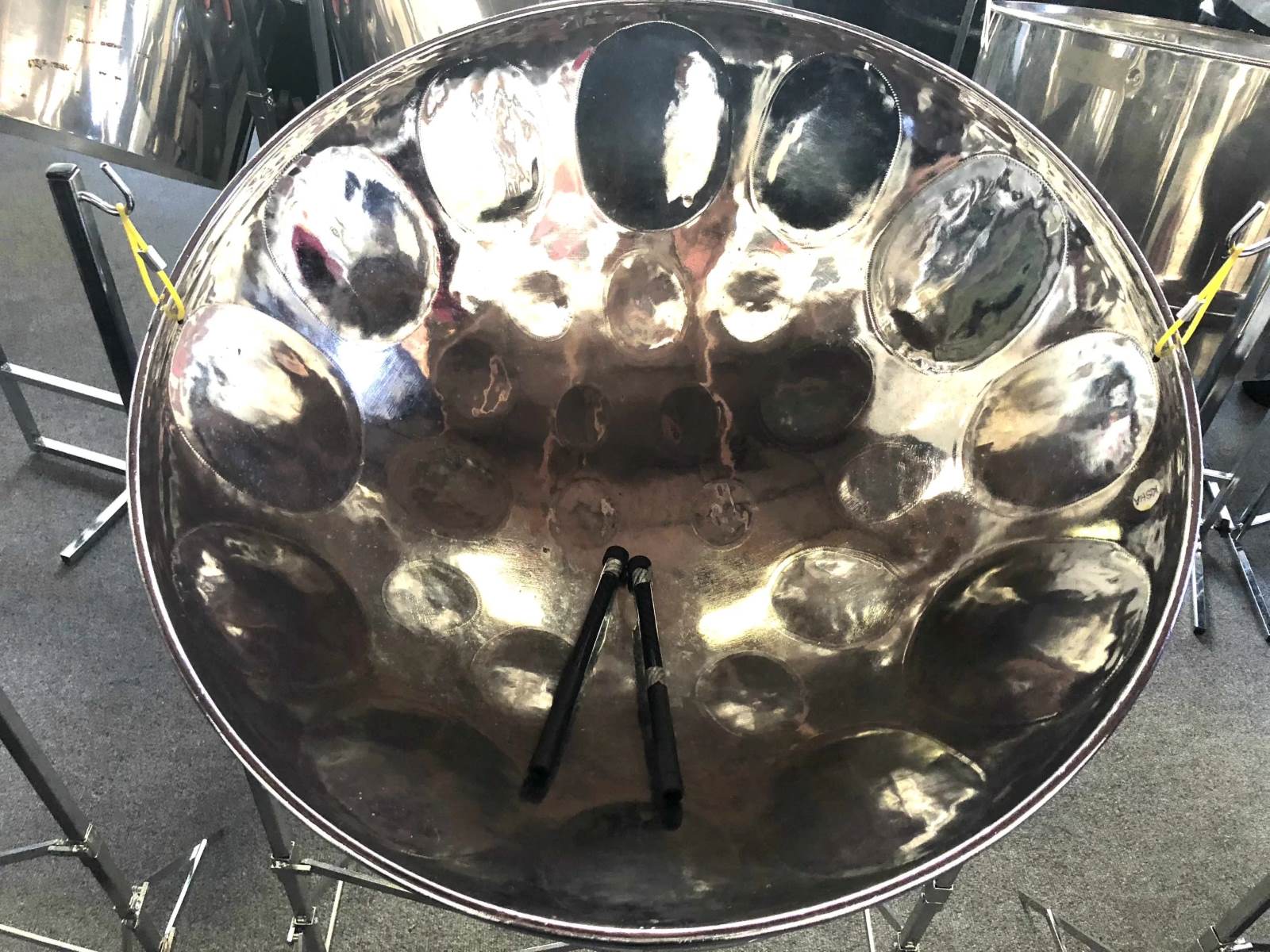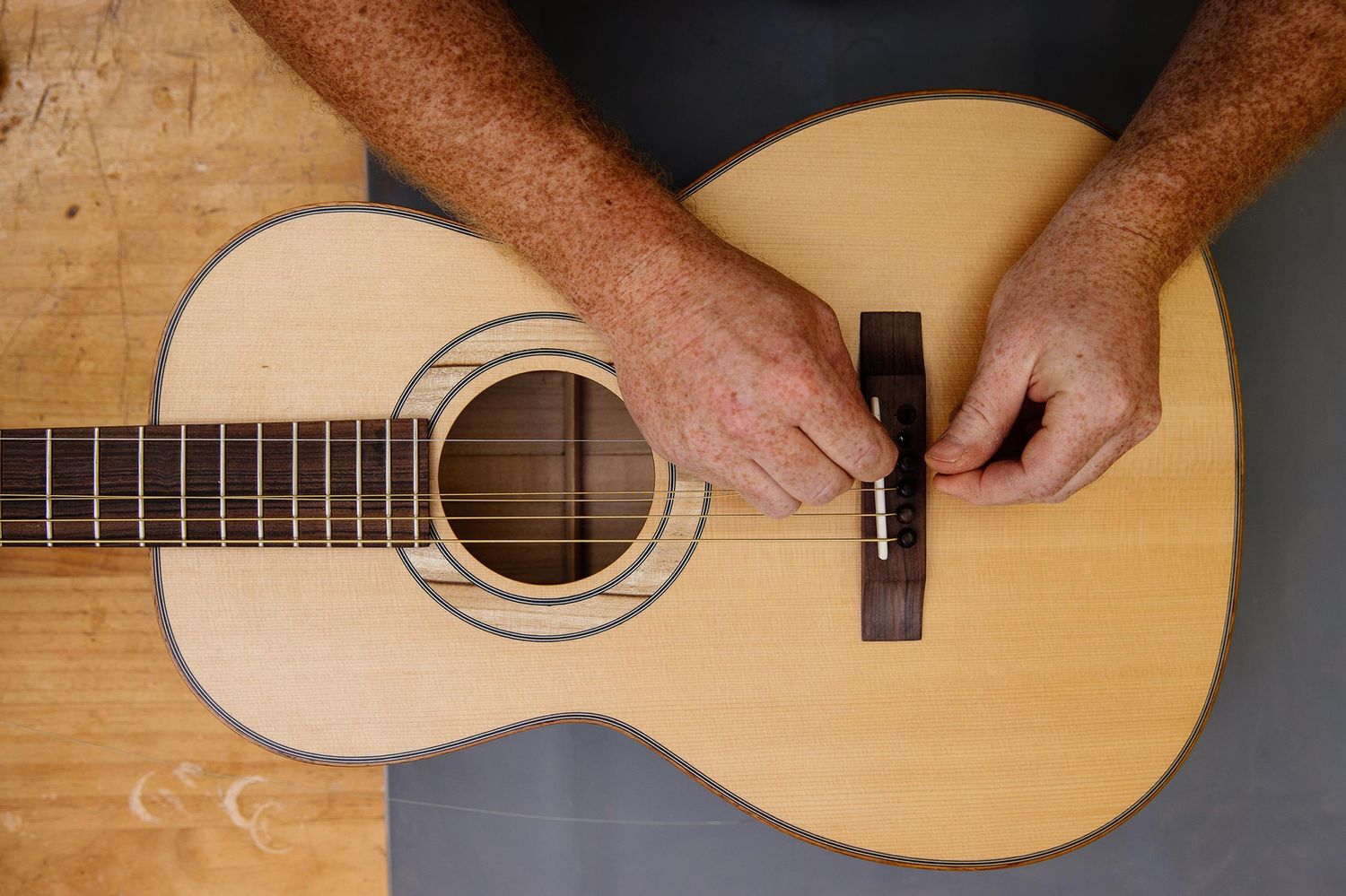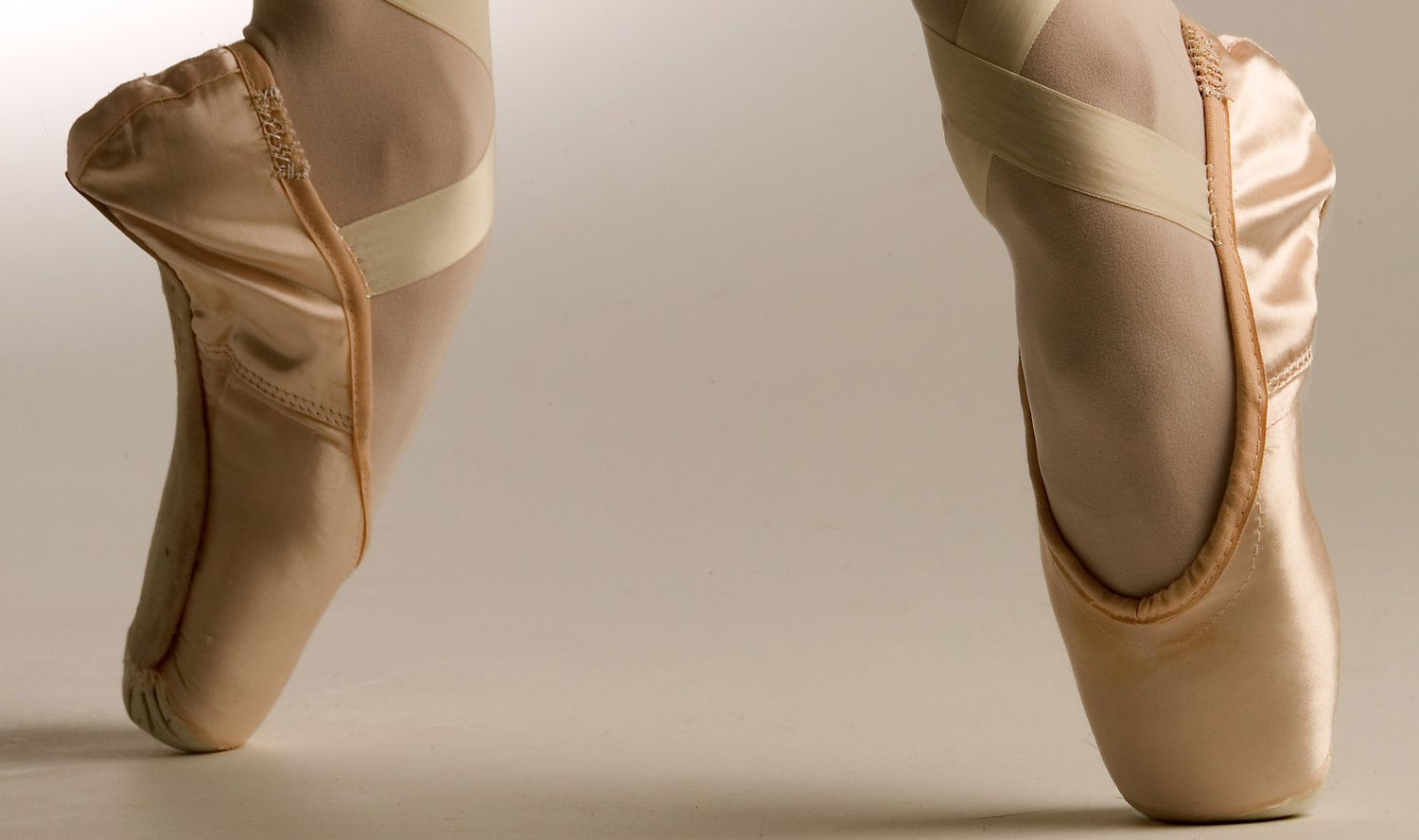Home>Devices & Equipment>Radio>Who Made The Radio


Radio
Who Made The Radio
Modified: January 22, 2024
Discover the fascinating history of the radio and the innovators who brought this revolutionary invention to life. Learn about the inventors, pioneers, and visionaries behind the creation and development of the radio.
(Many of the links in this article redirect to a specific reviewed product. Your purchase of these products through affiliate links helps to generate commission for AudioLover.com, at no extra cost. Learn more)
Table of Contents
- Introduction
- The Early Pioneers of Radio
- Guglielmo Marconi and his Contributions to Radio Technology
- Nikola Tesla and his Role in Radio Development
- Reginald Fessenden: The First Voice Broadcast and Christmas Eve Broadcast
- Lee De Forest and the Audion Tube
- Edwin Armstrong: FM Radio and the Superheterodyne Receiver
- Conclusion
Introduction
Radio, a device that has revolutionized communication and entertainment, is an integral part of our lives today. From news and music to talk shows and podcasts, radio has been a constant companion for millions of people around the world. But have you ever wondered who made the radio? Who were the brilliant minds behind this invention that changed the way we communicate?
In this article, we will delve into the fascinating history of radio and explore the contributions of some of its early pioneers. These individuals played a crucial role in the development of radio technology, paving the way for the radio we know and love today.
From Guglielmo Marconi to Nikola Tesla, Reginald Fessenden, Lee De Forest, and Edwin Armstrong, each of these inventors made significant breakthroughs that propelled the evolution of radio. Their ingenuity and determination laid the foundation for the wireless communication system that has become an essential part of modern life.
Join us on a journey through time as we explore the stories behind the inventors and their remarkable contributions to the world of radio.
The Early Pioneers of Radio
The story of radio begins with a group of pioneering inventors who tirelessly worked to unlock the mysteries of wireless communication. These visionaries challenged the norms of their time and pushed the boundaries of technology to create a breakthrough invention that would shape the future.
One of the key figures in the early days of radio was Guglielmo Marconi. Born in Italy in 1874, Marconi is often credited as the father of radio. In 1895, at the age of 21, he successfully transmitted signals over a distance of about 1.5 miles using a primitive wireless telegraph system. This marked the birth of wireless communication and set the stage for further advancements in radio technology.
Another notable figure in the history of radio is Nikola Tesla, a Serbian-American inventor and electrical engineer. Tesla made significant contributions to the development of radio technology, including his work on the invention of the Tesla coil, which is still used in radio transmission today. While Marconi is often attributed as the sole inventor of radio, Tesla’s contributions were acknowledged in a significant legal battle over patent rights.
Reginald Fessenden is yet another name that cannot be overlooked when discussing the pioneers of radio. In 1906, Fessenden achieved a significant milestone by conducting the first ever voice broadcast. On Christmas Eve of that year, he transmitted a voice message and played Christmas music over the airwaves, captivating listeners and demonstrating the potential of radio for broadcasting information and entertainment.
Lee De Forest, known as the “Father of Radio,” made vital contributions to the improvement of radio technology. In 1906, De Forest invented the audion tube, which significantly amplified weak radio signals. This invention became a fundamental component of radio receivers, enabling long-distance communication and the development of both AM and FM radio.
Lastly, we have Edwin Armstrong, an American electrical engineer who revolutionized radio through the invention of frequency modulation (FM) radio and the superheterodyne receiver. FM radio provided superior sound quality and reduced interference compared to AM radio. Armstrong’s invention of the superheterodyne receiver made it possible to tune in to radio stations with greater accuracy, leading to the widespread popularity of FM radio.
These early pioneers of radio paved the way for the incredible advancements in communication technology that we enjoy today. Their relentless pursuit of innovation and dedication to pushing the boundaries of what was possible laid the foundation for the radio revolution that transformed our world.
Guglielmo Marconi and his Contributions to Radio Technology
Guglielmo Marconi, an Italian inventor and electrical engineer, is widely regarded as the father of radio. Born in Bologna, Italy, in 1874, Marconi’s groundbreaking work in wireless telegraphy laid the foundation for the development of radio technology.
Marconi’s most notable achievement came in 1895 when he successfully transmitted signals over a distance of approximately 1.5 miles. This transformative experiment marked the birth of wireless communication. Marconi continued to refine his invention and extended the range of his transmissions, eventually achieving impressive distances across land and sea. In 1901, he famously sent the first wireless transatlantic message from Cornwall, England, to St. John’s, Newfoundland, a distance of over 2,100 miles.
Marconi’s key contribution to radio technology was the development and use of the Marconi system, which consisted of a simple transmitter and receiver with a wire antenna. He made groundbreaking advancements in the field of wireless telegraphy by building upon the work of earlier inventors like Nikola Tesla and Heinrich Hertz.
In recognition of his significant contributions, Marconi received numerous accolades throughout his career. In 1909, he was awarded the Nobel Prize in Physics, jointly with Karl Ferdinand Braun, for his pioneering work in wireless telegraphy. Additionally, Marconi was honored with various prestigious awards from around the world, solidifying his status as one of history’s most important inventors.
Marconi’s inventions and innovations in radio technology paved the way for the development of broadcasting, enabling information and entertainment to be transmitted over long distances. His discoveries brought about a paradigm shift in communication, making it possible for people around the world to connect and interact like never before.
Today, Marconi’s legacy lives on in the widespread use of radio technology across various industries. The principles he established form the bedrock of modern wireless communication systems, including radio broadcasting, cellular networks, and satellite communication.
The pioneering work of Guglielmo Marconi has left an indelible mark on the world, shaping the way we communicate, entertain, and stay connected. His relentless curiosity and dedication to advancing technology continue to inspire future generations of inventors and engineers.
Nikola Tesla and his Role in Radio Development
Nikola Tesla, a Serbian-American inventor and electrical engineer, made significant contributions to the development of radio technology during the late 19th and early 20th centuries. While Guglielmo Marconi is often credited as the father of radio, Tesla’s work laid the foundation for wireless communication and played a crucial role in its advancement.
Tesla’s research and experimentation centered around high-frequency alternating currents and electromagnetic waves. He conducted groundbreaking experiments and filed numerous patents related to wireless communication and radio technology.
One of Tesla’s key inventions was the Tesla coil, a resonant transformer circuit used in the generation of high-voltage and high-frequency alternating currents. Tesla coils played a significant role in the early development of wireless telegraphy and were fundamental to the transmission and reception of radio signals.
In the late 19th century, Tesla conducted a series of experiments with his Tesla coils that caught the attention of the scientific community. He demonstrated wireless power transmission and the ability to transmit signals without the need for physical connections, foreshadowing what would become wireless communication.
Tesla’s work on wireless communication laid the groundwork for the development of radio technology. He conducted extensive research on the propagation of radio waves and made significant strides in understanding their transmission and reception.
In 1898, Tesla demonstrated a remote-controlled boat at Madison Square Garden, impressing the audience with his wireless control system. He envisioned a future where wireless communication would revolutionize human interaction and eliminate the limitations of distance.
Despite his significant contributions, Tesla faced several challenges in securing patents and recognition for his work. Perhaps the most well-known example is the legal battle over the patent for radio communication between Marconi and Tesla. While Marconi is often credited with inventing radio, it was Tesla who provided the foundational technology through his earlier work.
Tesla’s role in the development of radio technology cannot be understated. His experiments, inventions, and theoretical insights were instrumental in shaping the wireless communication systems we rely on today. Although he may not have received the same level of recognition as Marconi during his lifetime, Tesla’s contributions to radio technology have been acknowledged and celebrated in recent years.
Nikola Tesla’s innovative spirit and groundbreaking research continue to inspire inventors, engineers, and scientists. His vision of a world connected through wireless communication has become a reality, and his legacy lives on in the technology that powers our modern wireless networks.
Reginald Fessenden: The First Voice Broadcast and Christmas Eve Broadcast
Reginald Fessenden, a Canadian inventor and engineer, played a pivotal role in the history of radio with his groundbreaking achievements. Fessenden is best known for conducting the first-ever voice broadcast and his revolutionary Christmas Eve broadcast.
In 1900, Fessenden made a significant breakthrough by successfully transmitting the first voice message. Using a high-frequency alternator and a simple antenna, Fessenden transmitted his voice over a short distance, proving that wireless communication was possible beyond just Morse code signals.
However, it was Fessenden’s remarkable Christmas Eve broadcast in 1906 that captured the world’s attention. On December 24, Fessenden, stationed in Brant Rock, Massachusetts, used his radio apparatus to transmit a live voice and music program to ships at sea and radio enthusiasts in the area.
Listeners, accustomed to only hearing the dots and dashes of telegraph communication, were astonished to hear Fessenden’s voice and the sounds of a violin playing “O Holy Night.” This historic broadcast marked the first time that wireless radio waves were used to transmit voice and music, ushering in a new era of radio broadcasting.
The Christmas Eve broadcast not only showcased the potential of radio for entertainment purposes but also demonstrated its value for emergency communication and maritime safety. Fessenden’s broadcast was received by ships at sea, enabling them to receive important information and stay connected to the mainland during the holiday season.
Reginald Fessenden’s pioneering achievements in voice transmission and his Christmas Eve broadcast laid the foundation for the development of radio as a medium for communication and entertainment. His work paved the way for the radio broadcasting industry as we know it today.
Although Fessenden’s contributions to radio technology were significant, he faced financial difficulties and struggled to secure patents for his inventions. His inventions and concepts were sometimes overshadowed by other figures in the radio industry, but his role in shaping the future of radio cannot be ignored.
Reginald Fessenden’s legacy lives on in the history of radio. His breakthroughs and innovations continue to inspire generations of inventors and broadcasters, reminding us of the power of discovery and the significant impact that a simple voice broadcast on a Christmas Eve had on the world of communication.
Lee De Forest and the Audion Tube
Lee De Forest, often referred to as the “Father of Radio,” was an American inventor and electrical engineer who made significant contributions to the advancement of radio technology. His most notable invention, the audion tube, revolutionized radio transmission and played a crucial role in the development of early radio broadcasting.
In 1906, De Forest invented the audion tube, also known as the triode. The audion tube was a vacuum tube that could amplify weak radio signals, making it possible to transmit and receive signals over long distances. This invention marked a pivotal moment in the evolution of radio, as it provided a means to significantly improve radio communication and broadcasting.
Prior to the development of the audion tube, radio signals were often weak and difficult to amplify, limiting the range of communication. With the audion tube, weak signals could be amplified, allowing for clearer and more reliable transmission. This breakthrough enabled the establishment of long-distance radio communication and the potential for mass broadcasting.
Beyond its amplification capabilities, the audion tube also served as a key component in the development of the regenerative circuit, an innovative circuit that enhanced the performance of radio receivers. The regenerative circuit, utilizing the audion tube, allowed for greater sensitivity and selectivity in tuning radio signals, improving the quality of reception.
De Forest’s audion tube became widely adopted in the radio industry, leading to the growth of radio broadcasting. With the ability to amplify signals and improve the range and quality of transmissions, radio stations could reach larger audiences and deliver clearer broadcasts.
Thanks to De Forest’s invention, radio broadcasting expanded rapidly, bridging the gap between radio as a tool for communication and radio as a medium for entertainment. The audion tube paved the way for the development of AM (amplitude modulation) radio, allowing for the transmission of voice and music, and ultimately revolutionizing the broadcasting industry.
Although De Forest’s contributions to radio technology were groundbreaking, he faced numerous legal battles over patent rights throughout his career. These disputes often overshadowed the significant impact his inventions had on the development of radio and broadcasting.
Despite these challenges, De Forest’s audion tube remains a landmark invention in the history of radio. Its amplification capabilities and impact on radio transmission and broadcasting laid the foundation for the wireless communication systems we rely on today, making Lee De Forest an integral figure in the evolution of radio technology.
Edwin Armstrong: FM Radio and the Superheterodyne Receiver
Edwin Armstrong, an American electrical engineer and inventor, made significant contributions to the world of radio with his inventions that transformed the way we listen to and transmit radio signals. Armstrong is renowned for his pioneering work in frequency modulation (FM) radio and the development of the superheterodyne receiver.
In the early 1930s, Armstrong revolutionized radio broadcasting with his invention of frequency modulation. Unlike traditional amplitude modulation (AM) radio, which varied the amplitude of the radio waves, FM radio modulated the frequency of the waves. This innovation resulted in improved sound quality, reduced interference, and increased coverage range.
The superior sound quality of FM radio made it a preferred choice for music broadcasting, as it provided faithful reproduction of music with minimal distortion. Armstrong’s invention marked a significant milestone in the history of radio, leading to the widespread adoption of FM radio and its eventual dominance in the broadcasting industry.
Another key invention by Armstrong was the superheterodyne receiver. Prior to its development, radio receivers had to be tuned manually to different frequencies, making it challenging for listeners to accurately tune in to specific stations. The superheterodyne receiver simplified this process by utilizing a fixed frequency and a local oscillator. It allowed for accurate tuning by mixing the received signal with the local oscillator frequency, resulting in the extraction of the desired frequency for the audio output.
The superheterodyne receiver offered improved selectivity and sensitivity, making it easier for radio users to tune in to specific stations without interference from adjacent frequencies. This invention significantly enhanced the performance and usability of radio receivers, setting the standard for modern radio technology.
Unfortunately, Armstrong faced challenges in the form of patent disputes and legal battles throughout his career. Despite his significant contributions to radio technology, he struggled to maintain control over his inventions due to the complexity of patent rights and licensing agreements.
Despite the hurdles he faced, Armstrong’s impact on the field of radio technology cannot be overstated. His inventions revolutionized radio broadcasting and receiver technology, paving the way for the modern radio systems we rely on today.
Edwin Armstrong’s work in FM radio and the superheterodyne receiver laid the foundation for the development of advanced radio communication. His ingenuity and dedication to innovation continue to inspire generations of engineers and inventors, leaving an indelible mark on the world of radio.
Conclusion
The pioneers of radio, including Guglielmo Marconi, Nikola Tesla, Reginald Fessenden, Lee De Forest, and Edwin Armstrong, have shaped the world of communication and entertainment as we know it today. Their relentless pursuit of innovation and their groundbreaking inventions laid the foundation for the development of radio technology, revolutionizing the way we transmit and receive information.
From Marconi’s early experiments with wireless telegraphy to Tesla’s contributions to wireless communication, these inventors pushed the boundaries of what was thought possible. Fessenden’s voice broadcast and his iconic Christmas Eve transmission, reinforced by De Forest’s audion tube amplification, showcased the potential of radio for both broadcasting and emergency communication.
Armstrong’s inventions of frequency modulation (FM) radio and the superheterodyne receiver further improved the quality and range of radio transmissions, transforming the listening experience for audiences worldwide.
Together, these inventors paved the way for mass broadcasting, allowing for the dissemination of news, music, and entertainment on a global scale. Their contributions have shaped the cultural fabric of nations, bringing people together and fostering a sense of community through shared experiences.
Despite their remarkable achievements, many of these inventors faced challenges in the form of patent disputes and financial difficulties. However, their impact on the field of radio technology is undeniable. Their inventions continue to play a vital role in modern wireless communication systems, including radios, smartphones, and satellite communication.
The legacies of these radio pioneers serve as a reminder of the power of human ingenuity and our ability to push the boundaries of technology. Their contributions laid the foundation for further advancements in communication and continue to inspire future generations of inventors, engineers, and radio enthusiasts.
As we enjoy the benefits of radio in our daily lives, let us remember the visionaries who made it all possible. The history of radio serves as a testament to the power of invention and innovation in bringing about transformative change in our society.
In conclusion, the inventors who made the radio dreamt of a world where communication knows no bounds. Today, their vision has become a reality, connecting people across the globe and shaping the way we communicate, entertain, and stay informed.











